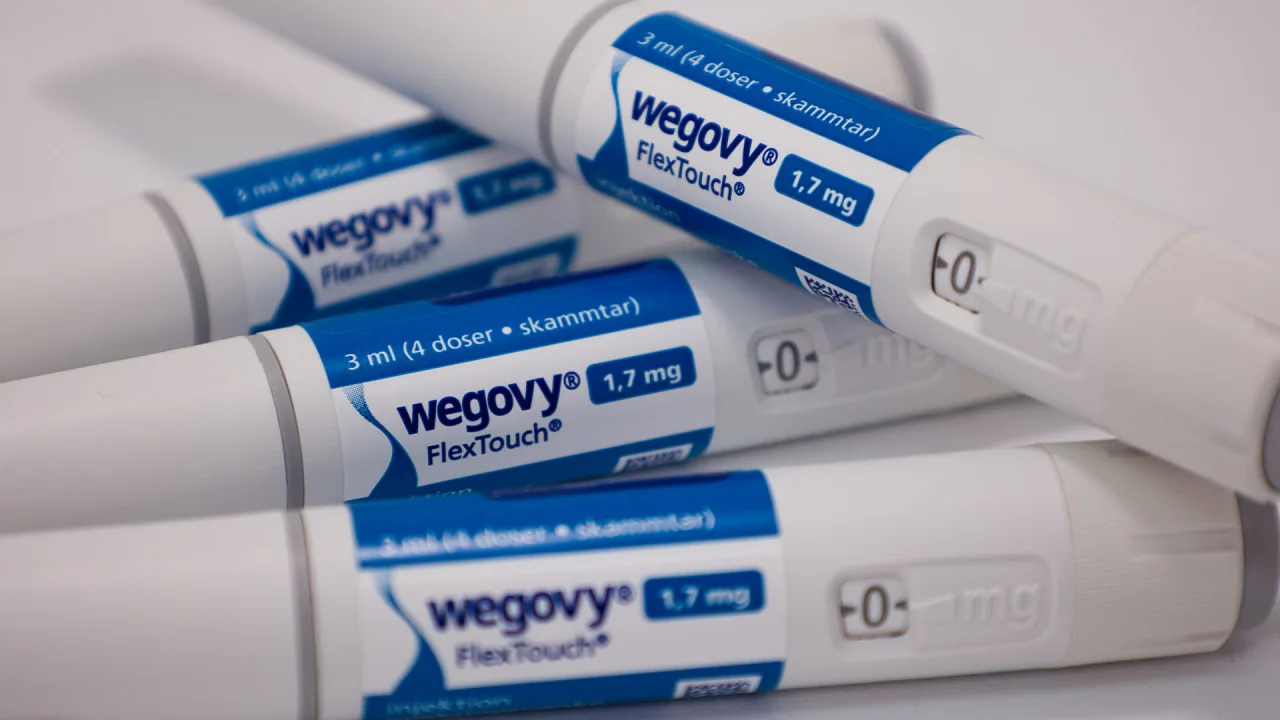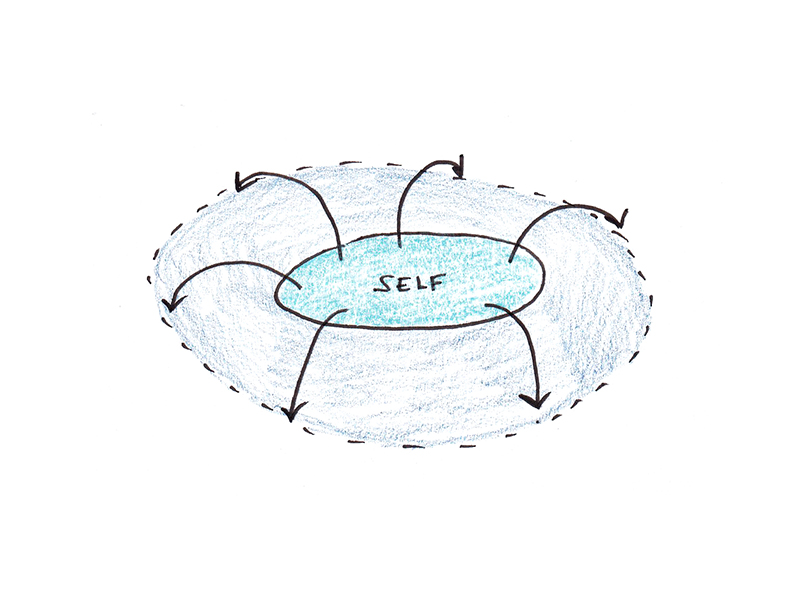Understanding Home Infusion Therapy: A Safe and Convenient Alternative to Hospital Care
In the evolving landscape of modern medicine, home infusion therapy has emerged as a safe, effective, and convenient alternative to traditional in-hospital treatments. With the increasing demand for patient-centered care, this method allows individuals with chronic or acute conditions to receive necessary intravenous (IV) medications in the comfort of their homes under professional supervision. From antibiotics and pain management to chemotherapy and parenteral nutrition, home infusion is revolutionizing how patients heal and live.
What is Home Infusion Therapy?
Home infusion therapy involves the administration of medications through a needle or catheter outside of a hospital or clinical setting. It typically includes IV antibiotics, antivirals, antifungals, hydration therapy, total parenteral nutrition (TPN), and even chemotherapy drugs. The process is managed by a team of trained professionals, including pharmacists, nurses, and physicians who coordinate care, monitor progress, and ensure safety.
Patients may be eligible for home infusion if they are stable enough to be discharged from a hospital but still require ongoing IV therapy. The goal is to enhance the patient’s quality of life by minimizing hospital stays, reducing healthcare costs, and offering a more personalized care experience.
Benefits of Home Infusion
One of the most compelling advantages of home infusion therapy is its convenience. Patients can remain in familiar surroundings, which contributes to emotional well-being and reduces the risk of hospital-acquired infections. Unlike inpatient settings, home infusion allows patients to maintain their daily routines, stay close to loved ones, and recover with a sense of independence.
Moreover, studies have shown that home infusion is cost-effective. By eliminating hospital overhead costs, patients and insurers often see significant savings. Many insurance companies now recognize this form of care as both efficient and financially viable.
Common Conditions Treated
Home infusion therapy is used for a variety of health conditions, including:
-
Infections: such as osteomyelitis, cellulitis, and pneumonia, often treated with IV antibiotics.
-
Cancer: where patients receive chemotherapy drugs at home under strict safety protocols.
-
Gastrointestinal diseases: that require TPN or IV hydration, such as Crohn’s disease or short bowel syndrome.
-
Autoimmune diseases: like rheumatoid arthritis and multiple sclerosis, treated with biologics.
-
Pain management: involving the delivery of medications via infusion pumps for chronic or post-surgical pain.
Safety and Monitoring
Safety is a primary concern in home infusion. Before beginning treatment, patients and caregivers receive detailed education about medication administration, device care, and recognizing complications like infections or allergic reactions. Regular follow-ups by infusion nurses ensure that the IV site remains healthy, medications are properly administered, and any concerns are addressed promptly.
Most patients receive a central venous catheter (CVC), PICC line, or subcutaneous port depending on the medication and duration of therapy. The care of these devices is crucial to prevent complications like sepsis or catheter occlusion.
The Role of the Infusion Team
A multidisciplinary infusion team is critical to the success of home infusion therapy. Pharmacists prepare and dispense medications, customize treatment regimens, and educate patients. Nurses visit the patient’s home to start infusions, provide training, assess the infusion site, and monitor vital signs. Physicians oversee the overall treatment plan and make adjustments based on progress.
Communication among team members, patients, and caregivers ensures coordinated care and swift responses to any complications.
Challenges and Considerations
While home infusion offers many benefits, it is not suitable for everyone. Patients must have a clean, safe home environment and the physical and cognitive ability to manage some aspects of care. Caregivers may be needed to assist with certain tasks, especially in elderly or pediatric patients.
Also, access to necessary equipment, medication delivery, and 24/7 emergency support is essential. Home infusion providers must ensure that patients have everything they need, from infusion pumps to emergency contact protocols.
Looking Ahead
As healthcare continues to evolve, home infusion therapy is expected to expand. Advances in technology, portable infusion pumps, and remote monitoring systems will likely make it even more accessible and safe. It not only supports faster recovery but also aligns with the growing emphasis on personalized and community-based healthcare models.
In conclusion, home infusion therapy is a promising option for many patients who need long-term IV treatment. With the right support, it delivers clinical excellence without compromising comfort, dignity, or quality of life.









































































































![Building A Digital PR Strategy: 10 Essential Steps for Beginners [With Examples]](https://buzzsumo.com/wp-content/uploads/2023/09/Building-A-Digital-PR-Strategy-10-Essential-Steps-for-Beginners-With-Examples-bblog-masthead.jpg)
















































